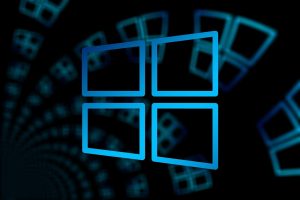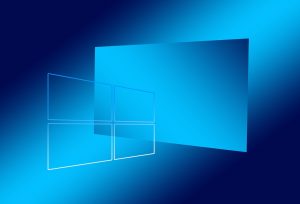Customizing Your Operating System for Enhanced Performance

Operating systems form the foundation of how we interact with computers. The default settings of an operating system aim to provide a one-size-fits-all experience, but customizing and optimizing your OS can unlock significant performance improvements and allow you to mold your computing environment to suit your specific needs and preferences. In this essay, I will discuss various ways to customize your operating system for enhanced speed, efficiency, visual appeal, and functionality.
Improving Boot Speed
One of the simplest ways to make your computer feel faster is by reducing the boot time – the time it takes to load the operating system after turning on your device. Here are some tips for speeding up the boot process:
– Disable unwanted startup programs. Many programs configured to launch at boot are unnecessary and just slow things down. Use the startup manager in your OS settings to disable bloatware and other programs you don’t need starting up automatically.
– Switch to a solid state drive (SSD). An SSD greatly outpaces traditional hard disk drives in read/write speeds and access times. Replacing an HDD with an SSD as your primary drive can slash boot times.
– Reduce wait times and splash screens. Most OSes have configurable wait times and splash screens that delay the boot unnecessarily. Shorten or disable these for faster booting.
– Use BootOptimizer tools. Utilities like BootRacer automatically detect and configure settings for faster booting based on your hardware profile.
– Clean up disk fragmentation. Defragmenting your drive periodically can help consolidate files and optimization boot sequences.
Optimizing System Resources
Managing how your OS utilizes RAM, CPU, and GPU resources is key for reducing lag, improving multitasking, and enhancing gaming performance. Some best practices include:
– Close unused programs. Keeping too many apps and browser tabs open eats up RAM which leads to slowdowns.
– Enable Eco Mode. This feature configures your OS to use hardware resources more efficiently by capping background processes.
– Adjust visual effects. Fancy visual effects like animations look nice but drain system resources. Toning them down or disabling can optimize performance.
– Set process priority. You can manipulate process priority to ensure essential tasks like games have abundant CPU/GPU bandwidth versus background apps.
– Overclock your CPU/GPU. This advanced technique involves increasing clock speeds to squeeze more power – just be wary of overheating.
– Add more RAM. If lag persists even after closing programs, low RAM capacity could be bottlenecking your performance.
Customizing the User Interface
The visual appearance and layout of the user interface can be modified to suit personal tastes or accessibility needs:
– Change themes. Most operating systems come with a choice of built-in color schemes and designs. Third party themes expand options further.
– Adjust icon size. Making icons smaller conserves real estate while larger icons improve visibility.
– Reduce on-screen elements. Cut down on distracting animations, notifications, and unnecessary UI elements.
– Rearrange menu layouts. Settings menus can often be reorganized and pinned for convenience.
– Increase text/DPI size. Larger UI elements help improve readability for those with visual impairments.
– Use keyboard-driven navigation. Utilize key commands to rapidly navigate for efficiency.
– Install user interface replacement shells. Total UI overhauls like Litestep (Windows) completely revamp the look and feel.
Automating Tasks
Programming the OS to automate mundane tasks allows you to work more efficiently. Options include:
– Create keyboard shortcuts. Hotkeys for common actions like opening programs can save considerable time.
– Use macros/scripts. Automate complex workflows by programming sequences of actions.
– Set up context-aware rules. Triggers like application state or device location can be configured to initiate behaviors.
– Schedule automated tasks. Use cron jobs or timed events to execute routines without any user input.
– Leverage smart assistants. Modern assistants like Siri and Cortana allow voice-driven task automation.
Tightening Security
While usability and performance are important, ensuring your OS is locked down against intrusions is critical:
– Install OS updates and patches. Staying current with the latest security fixes is vital.
– Use antivirus/malware tools. Essential programs constantly monitor for and eliminate threats.
– Enable firewalls. Firewalls filter incoming and outgoing connections to prevent unauthorized access.
– Turn on auto updates. Allowing apps like browsers and media players to auto update eliminates vulnerabilities.
– Use encryption. Encrypt sensitive data to make it indecipherable if accessed without authorization.
– Enable multifactor authentication. Adding extra identity verification steps like biometrics boosts account security.
– Avoid software/media from unverified sources. Stick to trusted repositories to reduce risk of malware infection.
– Frequently backup critical data. Backups ensure you can recover from malware or hardware failures.
Conclusion
Customizing your operating system by following best practices can markedly improve performance, usability, productivity, and security. While OSes are designed for broad applicability, taking time to configure settings to your needs provides a better overall user experience. With the tips covered, you can unlock your computer’s full potential.








